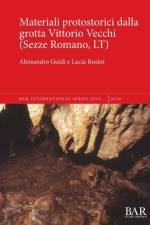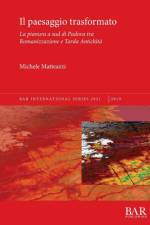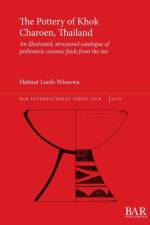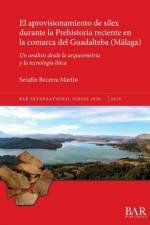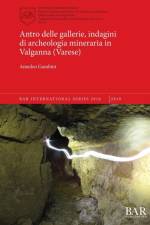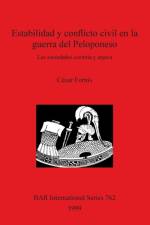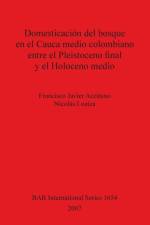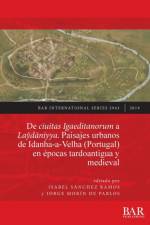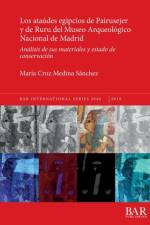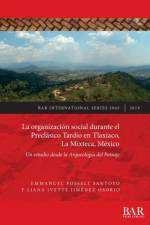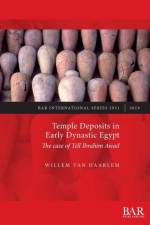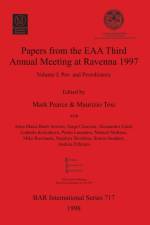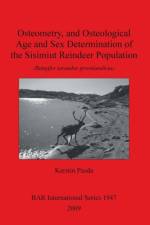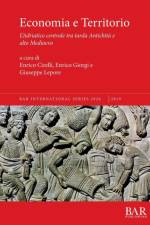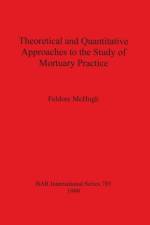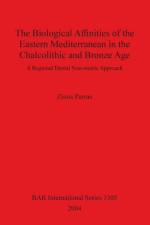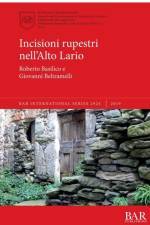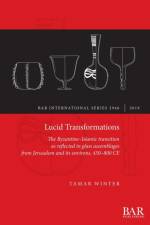- Analisis de sus materiales y estado de conservacion
von María Cruz Medina Sánchez
236,00 €
Los ataúdes de Pairusejer y Ruru procedentes del lote nº 13 de la Cachette de Bab el-Gasus, que forman parte de la colección egipcia del Museo Arqueológico Nacional (Madrid), se analizan en profundidad en este estudio a través de técnicas instrumentales como SEM, imagen VIL, FRX y FTIR. Estas permiten entender cómo fueron elaborados, qué materias primas se emplearon (maderas, morteros, pigmentos o barnices), qué técnicas artísticas aplicaron y el estado de conservación que estas dos cajas funerarias presentan en la actualidad. Asimismo, con ayuda de la documentación y fotografías conservadas se han podido conocer las condiciones del hallazgo en Egipto, su traslado a España y los cambios que experimentaron desde su llegada al museo madrileño hasta hoy. Se identifican las diferentes maderas, las policromías y su conservación, a la vez que se comprende mejor la evolución española de la disciplina de la Restauración tan ligada a la historia del Patrimonio.This study provides an in-depth analysis of the coffins of Pairusejer and Ruru, from lot No. 13 of objects found at Bab el-Gasus, now to be found in the Egyptian collection of the Museo Arqueológico Nacional (Madrid), using a variety of techniques, including SEM, VIL imaging, FRX and FTIR. These allow us to understand how the coffins were made, which materials were used (woods, mortars, pigments or varnishes), what artistic techniques were applied and the coffins' current state of conservation. Moreover, thanks to the documentation and photographs preserved, the conditions of the objects' discovery in Egypt, their transfer to Spain and the changes they have experienced from their arrival at the Madrid museum can also be taken into account. The different woods and types of polychrome decoration are identified, as well as the methods employed in their conservation, at the same time allowing a better understanding of the evolution of restoration practices in Spain, which is intimately related with the history of Heritage as a field.




